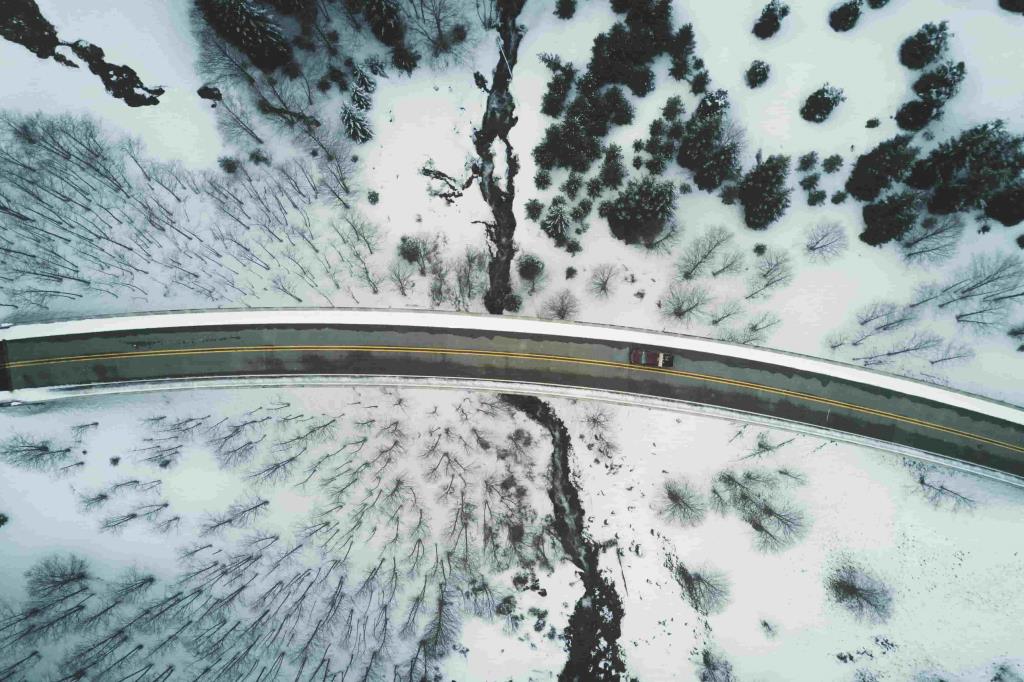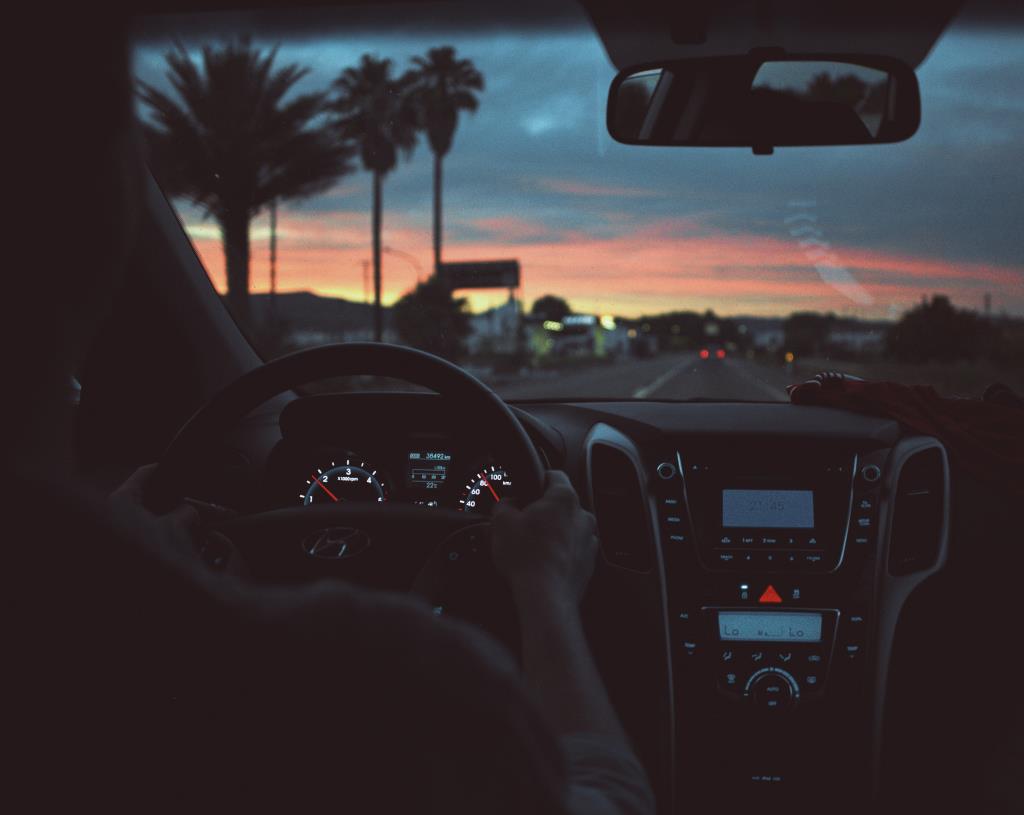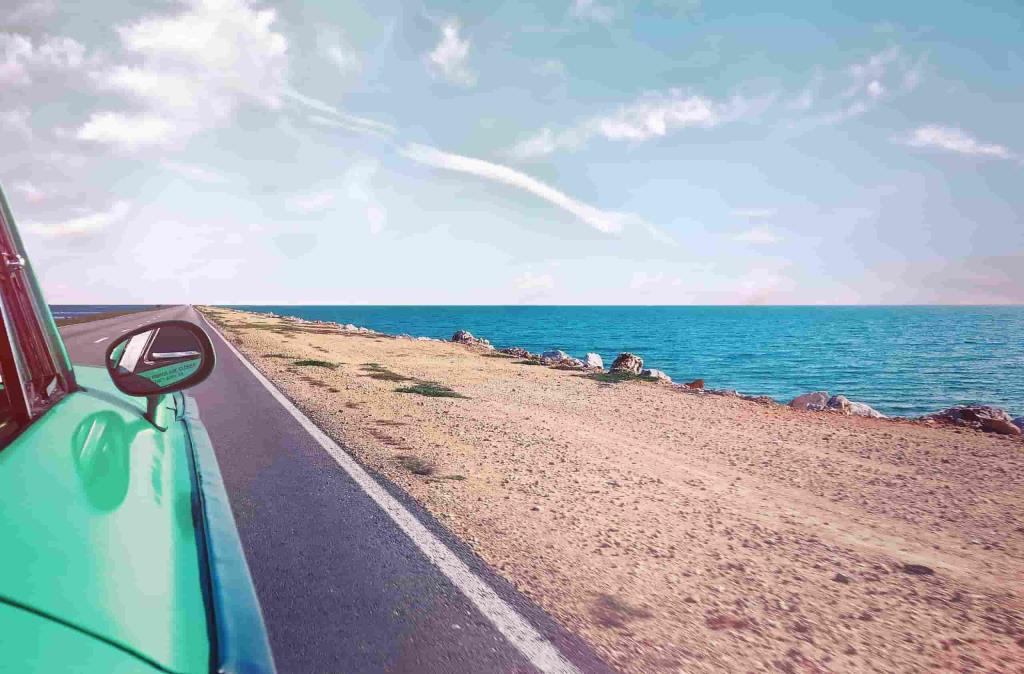
6 tips to drive in high temperatures

Wiber Rent A Car
It’s already September but the heat it’s still going strong and making us feel like a couch potato. In these cases, all you want to do is pick up your car and drive to the beach to enjoy the sea, like our mates in Málaga, Mallorca, Alicante and Valencia are doing. But it is important to know how to drive in extreme heat. If you come on a trip with Wiber, we will check the car for you, but it’s never a bad idea to keep good practise on the wheel to avoid having a scare during your holidays.
1. Check your car thoroughly before leaving
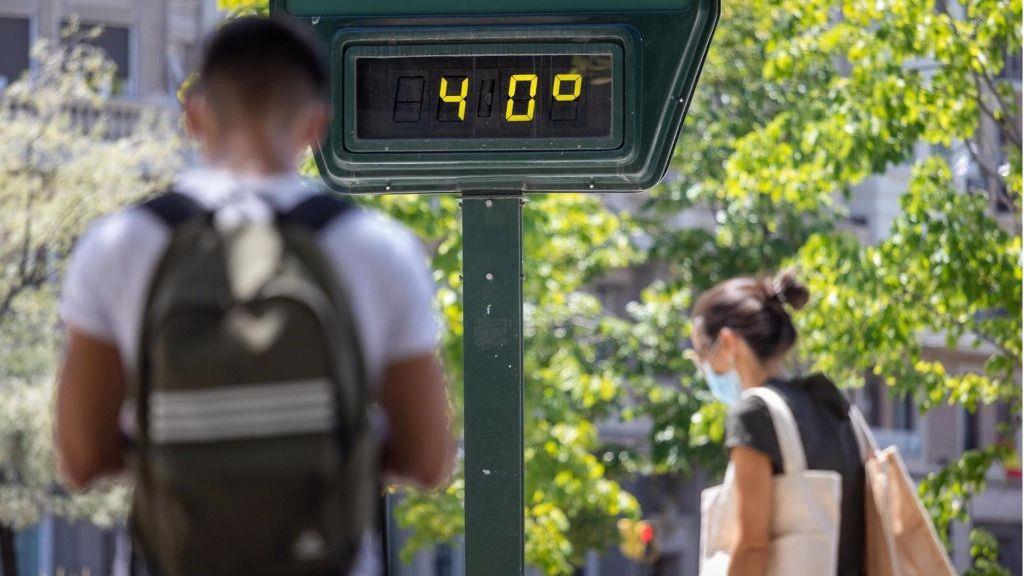
If the street thermometer marks at least 39ºC, let it be known that your car, parked under the same sun, can have some spots on its interior that reach around 70ºC, because in only 2h without air circulation, the car’s temperature can go up to 88%. Therefore, it’s important to put up your parasol or park in the shade. Plus, in summertime, due to air conditioning excessive usage, the air conditioning ducts can deteriorate, and some leaks can appear, or even the thermostat could break. In the same fashion, the alternator is working harder than usual because of this and the high demand from the engine cooling system. Before a long trip you should check these two out since the electro ventilator from the cooling system can overcharge and break in the summer. The tires also wear away more than usual, since the heat from the pavement burns them down, so before going out on a trip, check that they are not next to their erosion limit.
2. Air the car properly
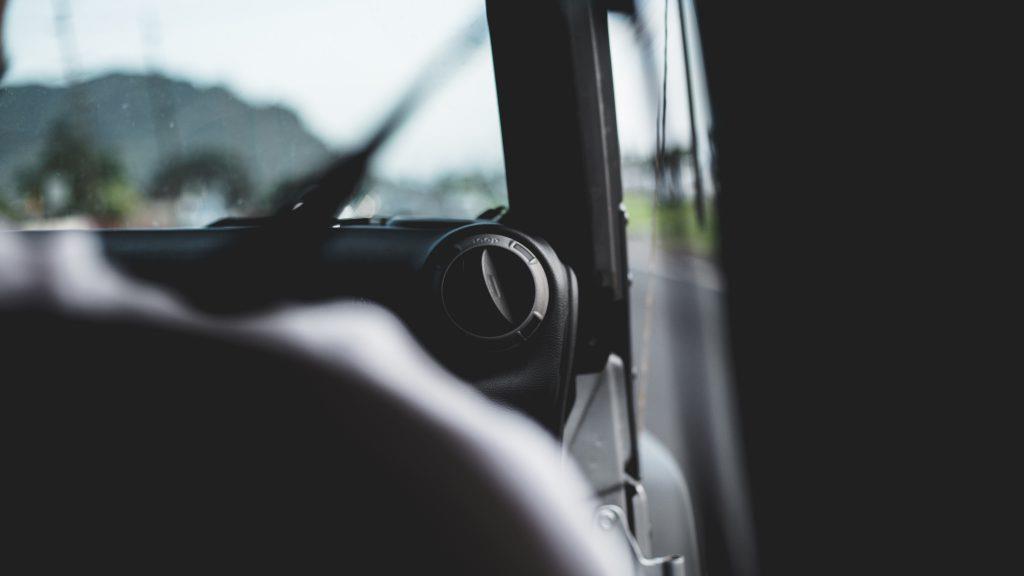
It is recommended that the interior temperature of the car and the exterior temperature are similar, so it’s a good idea that before you drive away you stay for a few minutes with your windows down, or even the doors opened, so the car can be aired properly. You should do this even when you are starting the air conditioner, since this is the way to throw out the hot air that is inside. During the trip you should air the car from time to time, always taking care that there are no arms, legs, or heads from your road trip mates outside the windows. Of course, on the road keep your windows up to avoid your fuel consumption to skyrocket, and insects that could distract you. About temperature, the air conditioner should be around 22ºC and 24ºC, to avoid heat strokes or discomfort from the temperature change. And remember to avoid having it directly hit your face or chest.
3. Avoid the hottest hours

Heat can affect the hypothalamus creating issues like fatigue, drowsiness, aggressiveness, exhaustion and attention and focus diminishment. For this reason, we recommend you avoid driving from 12am up to pm if you can, the hours when the heat hits the hardest. Try to drive during the hours where this is still daylight but are in range with the first of the morning or last of the evening, to avoid risks of heat and accidents.
4. Stay hydrated and wear comfortable clothing
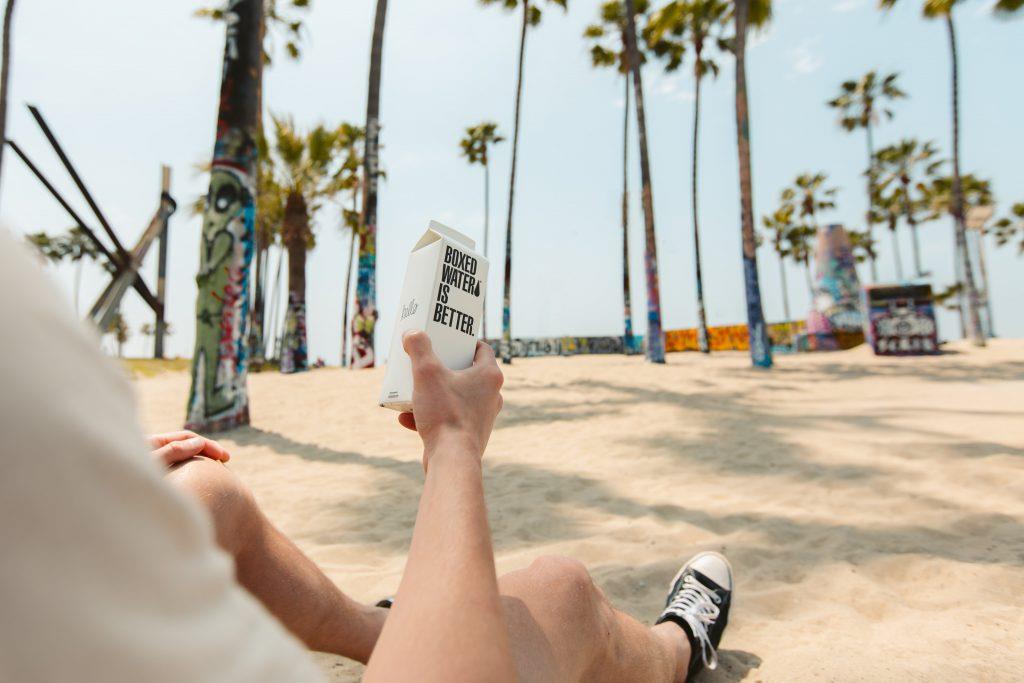
Always have fresh drinks like water or juice in the car and try to drink regularly to keep hydrated. This will avoid that, if you are driving under the hottest times of the day, you dehydrate and must make an emergency stop for feeling sick. It is also important that you don’t wear sandals or flip-flops since these can slip from your feet and get stuck on the car’s pedals. It is better to wear something comfortable like trainers. About clothing, choose something comfortable and loose-fitting, even better if it is light-coloured, to avoid absorbing extra heat. Remember that you must drive fully clothed, not with your swimsuit, to follow the law and to avoid chafing from the security belt. And of course, don’t forget your authorised sunglasses!
5. Have light meals and avoid alcohol

Before travelling or during the stops, it’s better if you have a light meal like some fruit or a salad, since heavy meals will make your body focus on its stomach and this will make you sleepy, diminishing your focus and reflexes. It is not a bad idea to have in hand some salty snacks to avoid a possible drop in blood pressure or a heat stroke. And no need to mention, avoid alcohol.
6. Stay well rested
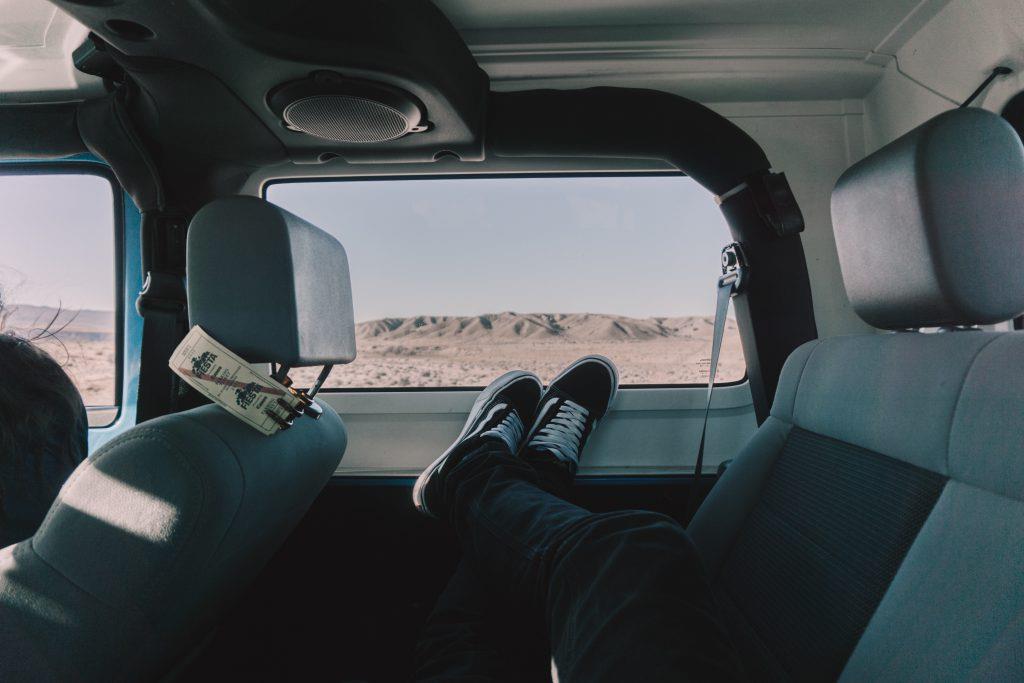
Remember to stop driving for about 20min every 2h or 200km, or if you just feel tired. It’s important to make these stops to move your body a bit, since it could have gotten stiff after a long drive, and you can also take advantage of this stop to drink something fresh. Remember that if you want to be less tired of driving you need to keep the right position on the wheel, with your look in the middle of the windshield, your knees slightly flexed when you fully step on the pedals, the seat around 90º – 110º straight and both hands on the wheel. We’ve told you before but let us say it again: when you stop, leave your car in the shade or, if it’s not possible, put up your parasol, as with it on you can keep the inner temperature around 15º lower than how it would be kept without it.
These are the six tips that Wiber is offering from our experience with thousands of vehicles. We hope this helps you on your next trip under the burning heat of the summer. If, on the contrary, you are under a cold drop situation, we recommend our post with tips to drive with rain, that will help you have a safer driving. Remember that renting with Wiber Rent a Car, all our cars have been previously checked thoroughly and you can drive under any climate with the minimum worries.
To say goodbye, we leave you one last recommendation: before starting your trip, remember to check the state of the traffic and the weather to avoid surprises and remember that it’s more important to arrive late to your destination than never.

 EN
EN  Español
Español  German
German 